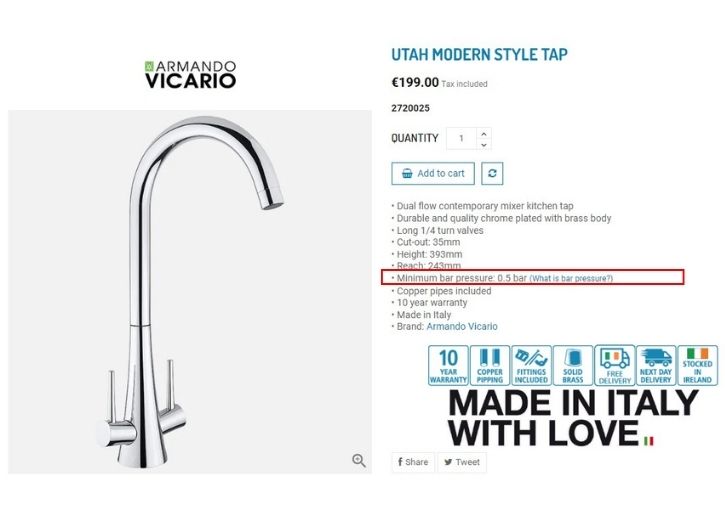Kitchen taps: what is bar pressure and how to measure.
To help you choose the right kitchen tap, we have specified the minimum bar pressure on each tap we sell:
However, how many of you are sure what the 'minimum bar pressure' actually means? When it comes to choosing your next kitchen tap, choosing one that will fit into your existing water system is crucial. There is no point getting excited about a really fancy Italian made tap only to find that it isn't compatible with your existing water system. Buying the wrong type of tap may result in low pressure of water if not a tap that will simply not function.
Eg: A high bar pressure tap (1.0 bar) being installed onto a low pressure system (0 - 0.5 bar) may result in a tap that hasn't got the pressure in the pipes to push the water through.
Here we will explain what bar pressure is, how it is measured and how to do a simple test at home to see what bar pressure is of your existing tap. Ultimately we hope we can help you, in choosing the right kitchen tap for your sink and plumbing system.
What is bar pressure
To understand water pressure, it is the distance between the tank in the attic and the tap itself. It is the force of which the water goes through the pipes in your home. The water itself is measured in “Bars” , 1 bar being the force to push water through a 10 metre pipe.
Less pressure than a bar ( 0.1 - 0.99 bar) is the most common systems you will find in most domestic homes.

It can be broken into 4 categories:
-
Low pressure water systems: >0.499 bar ( 0.5 litres or less per 6 seconds)
-
Med pressure water systems: 0.5 -0.99 bar ( 0.5 litres to 1 litre per 6 seconds)
-
High pressure water systems: 1 - 1.99 bar( 1 litres and less than 2 litre per 6 seconds)
-
Anything that is over 2 bar pressure is considered as extra high pressure system
Water pressure outside the house
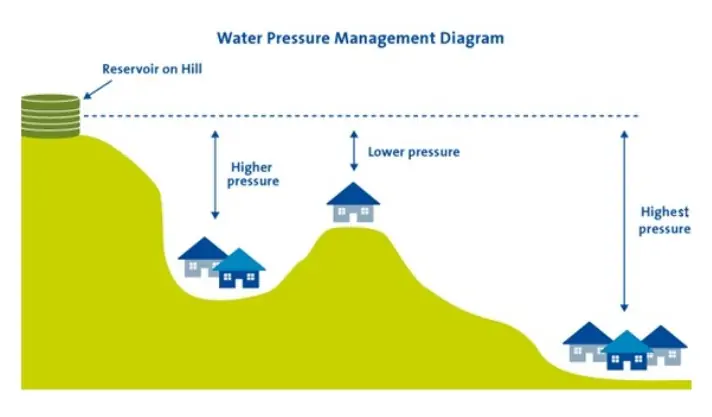
Where you live in relation to the water reservoir is important. (See Image above). Generally, mains water pressure depends on where your home lies in relation to the nearest reservoir or supply. So if you live in a valley, chances are the pressure is high.
Vice versa, if your house is at the top of a hill, the water pressure into your house is going to be weaker than that of someone that lives at the bottom of the hill. This is due to the fact that most water supply's are gravity feed to a lower point to give a stronger flow.
-
Uphill = The water pressure is weaker as it works against gravity.
-
Downhill = The water pressure is stronger as gravity helps it flow downhill.
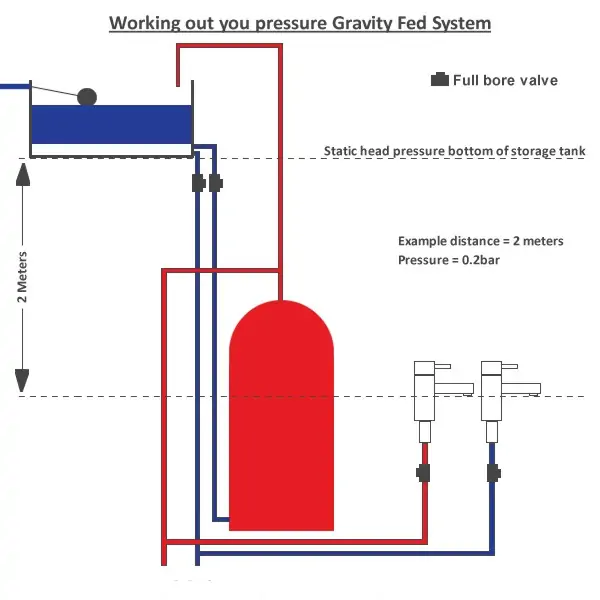
Gravity feed systems work in the same way as the feed of the water into your house. It is measured as the distance between the tank and the tap. If the taps are 2 metres away from the tank (like in the illustration above), it means that it is a low pressure system @ 0.2 bar.
How can I test my water pressure?
It's not complicated, here is a quick simple way to measure water pressure in your house. All you will need is:
-
Stop watch (phone)
-
Jug ( preferably 1 litre jug)
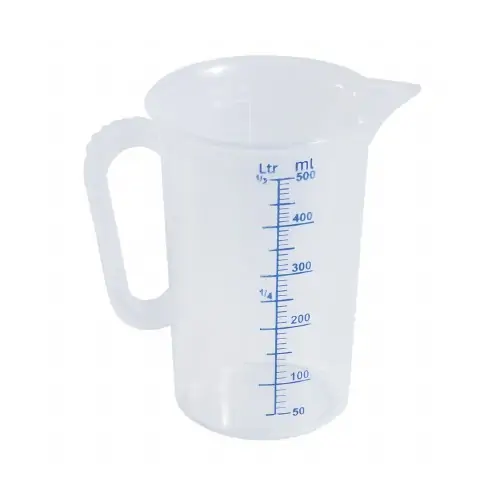
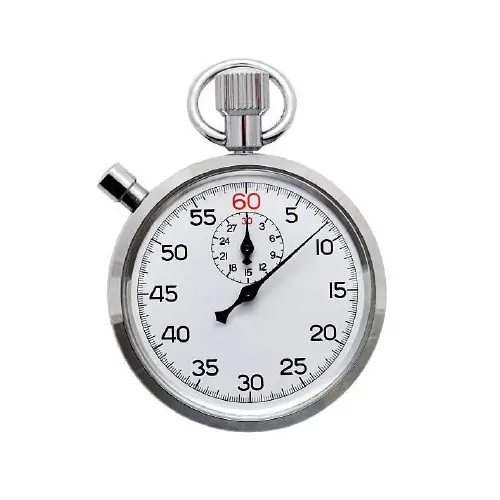
To start the test, put the jug under the tap and turn it on. After exactly 6 seconds turn the tap off again. Multiplying the amount of water in the jug in litres (e.g. 0.4 litres) by 10.
This will give you your flow rate in litres per minute (e.g. 0.4 litres x 10 = 4 litres per minute). As it is under 10 litres (1 bar) at 4 litres a minute, it is a low pressure system at 0.4 bar.
Hey presto, you now know the water pressure in your house and therefore what kitchen tap is compatible. Click here to see our extensive kitchen taps range.

